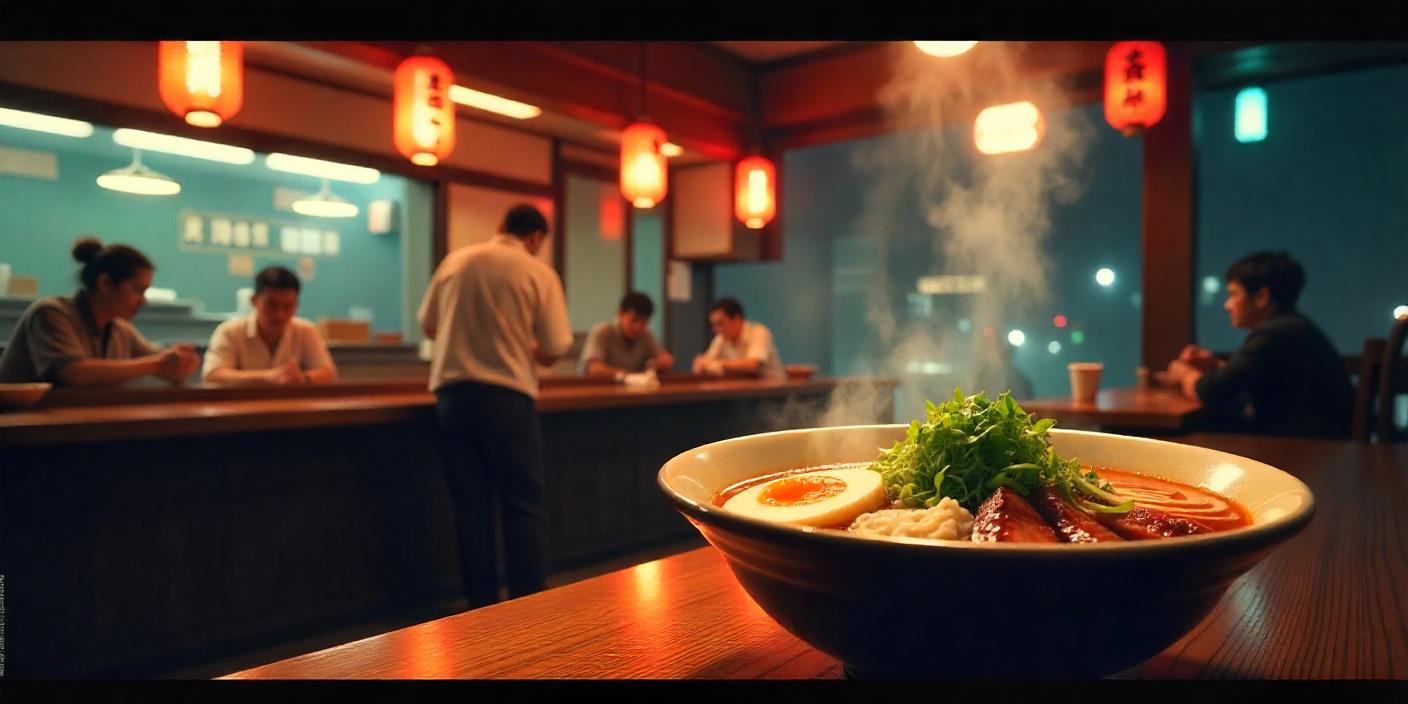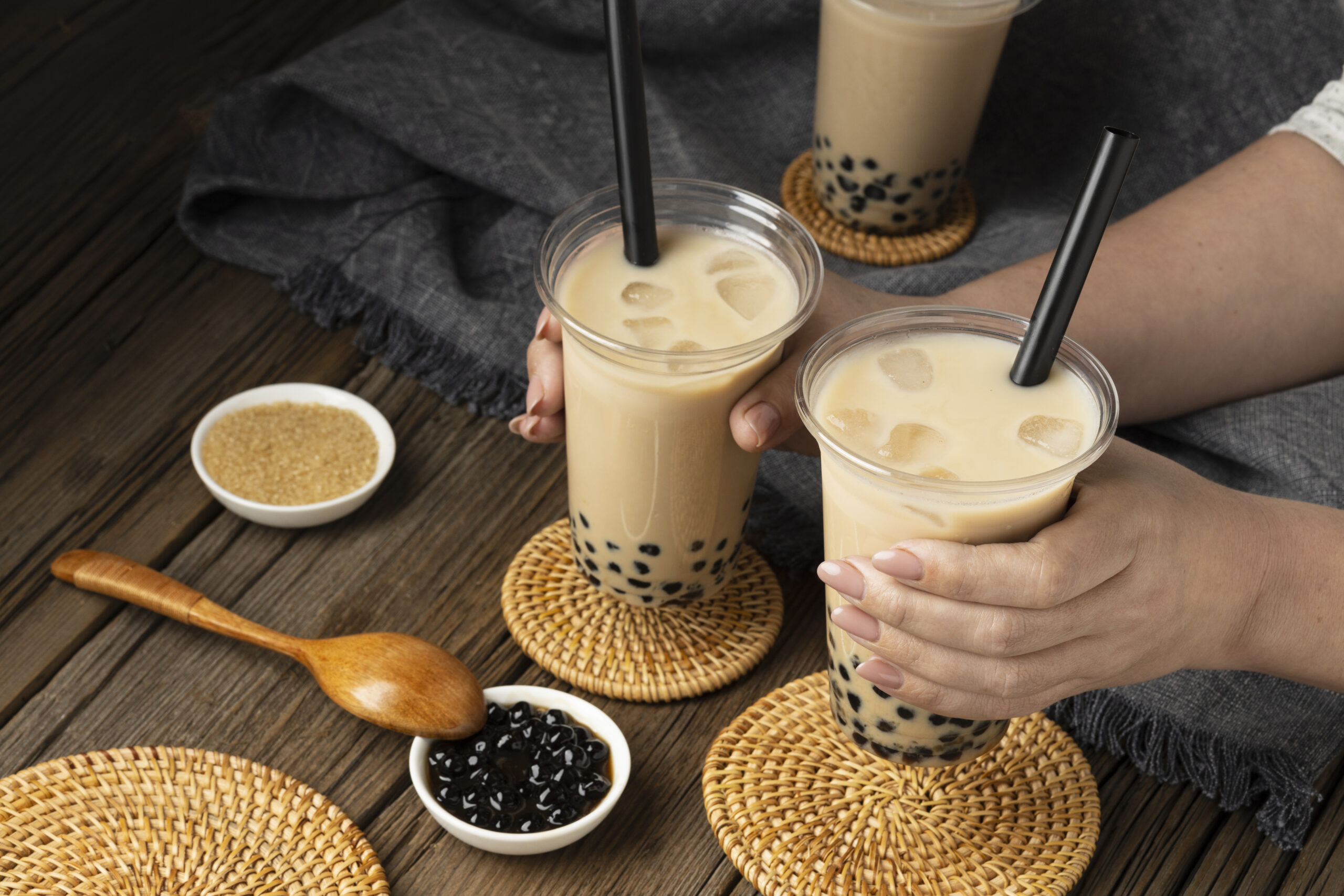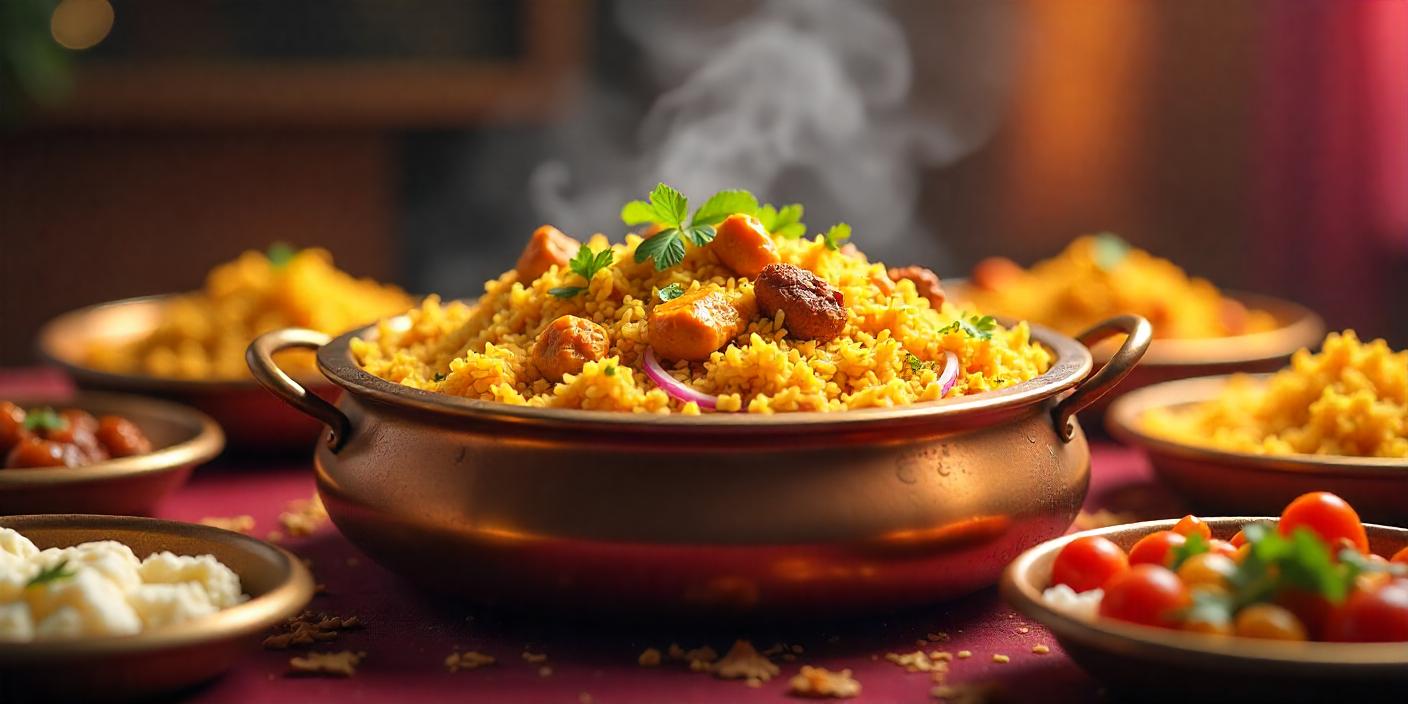Ramen, the beloved Japanese noodle soup, is much more than just a comforting bowl of broth and noodles — it’s a cultural symbol, a culinary canvas, and a global food phenomenon that continues to evolve while staying rooted in deep tradition.
🥢 Origins: Chinese Roots, Japanese Reinvention
Although ramen is now one of Japan’s most iconic dishes, its roots trace back to Chinese-style wheat noodles brought to Japan in the late 19th or early 20th century. Known originally as shina soba (Chinese soba), the dish was embraced by Japanese food stalls, especially in port cities like Yokohama. Over time, local chefs adapted it to suit Japanese tastes by incorporating regional broths, toppings, and seasonings.
The word ramen is believed to derive from the Chinese lamian (pulled noodles), and the dish began gaining mass popularity after WWII. Due to rice shortages and U.S. wheat imports, noodles became more accessible, and ramen stalls flourished, serving quick, cheap, filling meals to the working class.
🍜 Structure of a Bowl: A Delicate Balance
A classic bowl of ramen consists of four core elements:
- Broth – The heart of the dish, crafted over hours (or even days) using pork bones (tonkotsu), soy sauce (shoyu), miso, or salt (shio). The broth determines the flavor profile and richness.
- Noodles – Typically wheat-based, with varying thickness and texture depending on the region or chef’s style.
- Tare (Flavor Concentrate) – The seasoning base mixed with broth: shoyu, miso, or salt, adding umami depth.
- Toppings – Ranging from chashu pork, soft-boiled eggs (ajitama), bamboo shoots (menma), scallions, nori, and more.
Each region of Japan has its own signature ramen. For example, Sapporo is famous for miso ramen with corn and butter, Hakata for rich, creamy tonkotsu broth, and Tokyo for its shoyu-based clear soup.
🇯🇵 Cultural Significance in Japan
Ramen is not just food in Japan — it’s an obsession.
There are:
- Ramen museums (like the Shin-Yokohama Ramen Museum)
- Ramen-themed amusement parks
- Thousands of ramen-ya (specialty ramen shops)
- Even popular manga and anime (like Naruto) have paid homage to ramen’s comforting, soul-satisfying nature.
For many, eating ramen is both a ritual and a personal experience—from slurping (which is encouraged!) to choosing your broth strength, noodle firmness, and toppings.
🌏 Global Popularity and Modern Evolution
In the 21st century, ramen exploded on the global culinary scene. From food trucks in LA to Michelin-starred ramen bars in New York, the dish has found fans everywhere. Key drivers of its popularity include:
- Pop culture exposure (anime, foodie YouTube shows, ramen challenges)
- Fusion ramen trends (truffle ramen, vegan ramen, ramen burgers)
- The rise of craft ramen shops focusing on house-made noodles and artisanal broths
Even the instant ramen industry, pioneered by Momofuku Ando in 1958 with Nissin’s Chicken Ramen, has become a $40+ billion industry, making ramen one of the most consumed fast foods in the world.
🧠 Why Ramen Still Reigns
Ramen’s continued appeal lies in its perfect mix of comfort, customization, and craft. It can be:
- Quick or gourmet
- Traditional or experimental
- Affordable or high-end
It’s a dish that speaks to every age, culture, and mood—a humble bowl that offers warmth, flavor, and a sense of connection.
🍥 Final Note
Ramen is more than just noodles in broth — it’s a global culinary journey in a bowl. With deep historical roots, boundless regional variety, and ever-evolving creativity, ramen has rightfully earned its place as one of the most influential dishes in modern food history.


